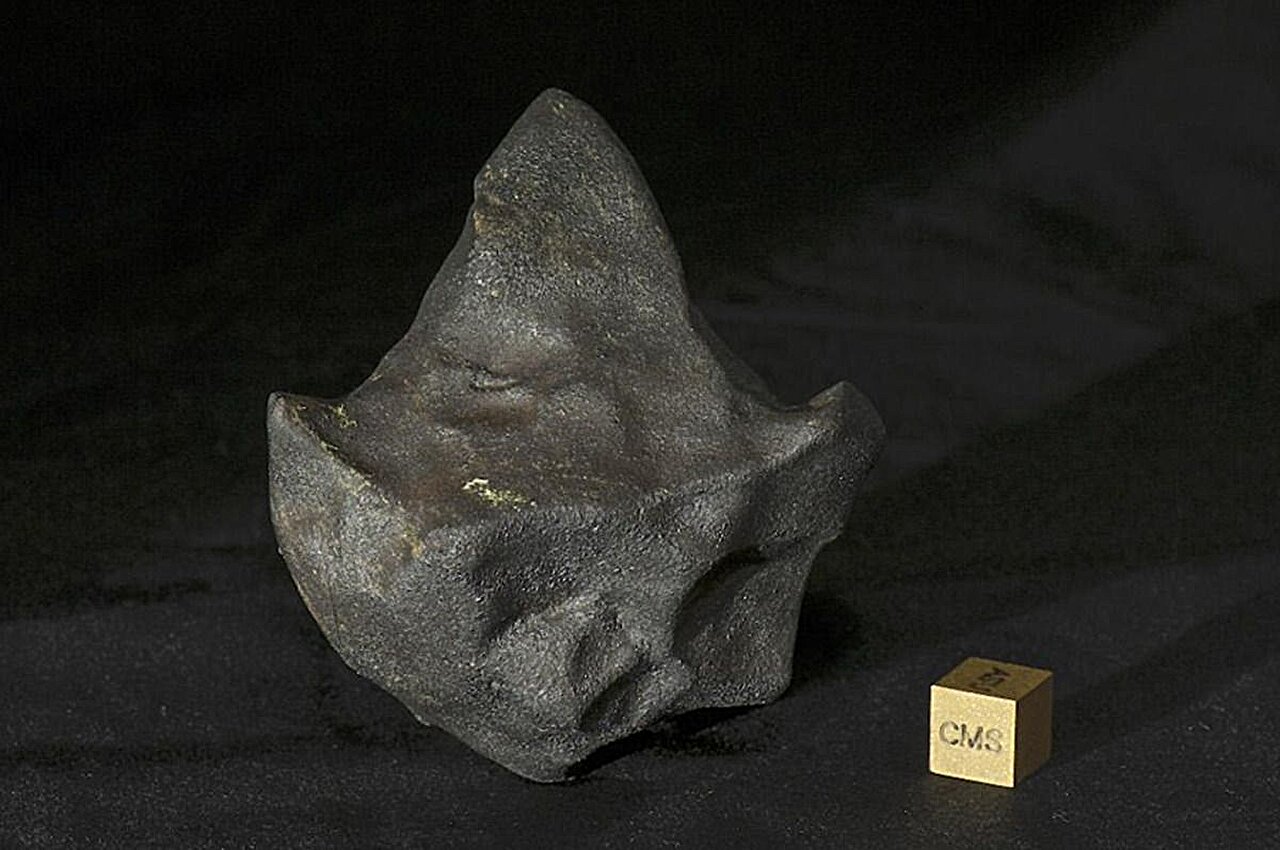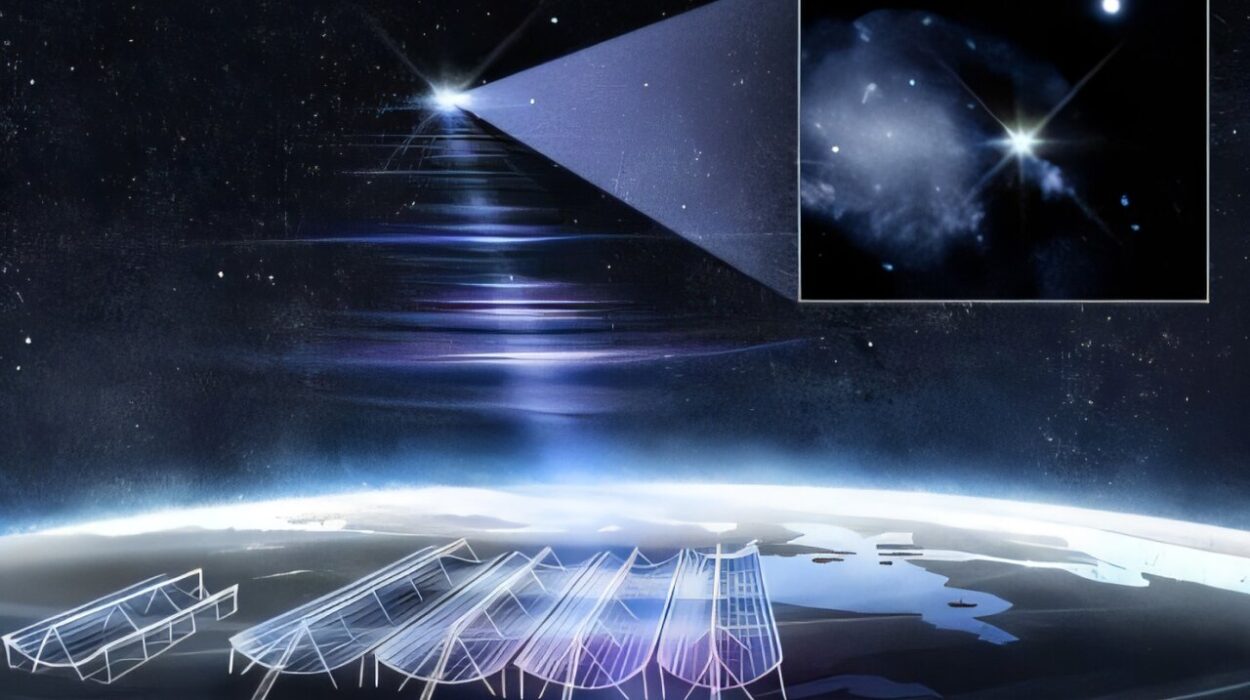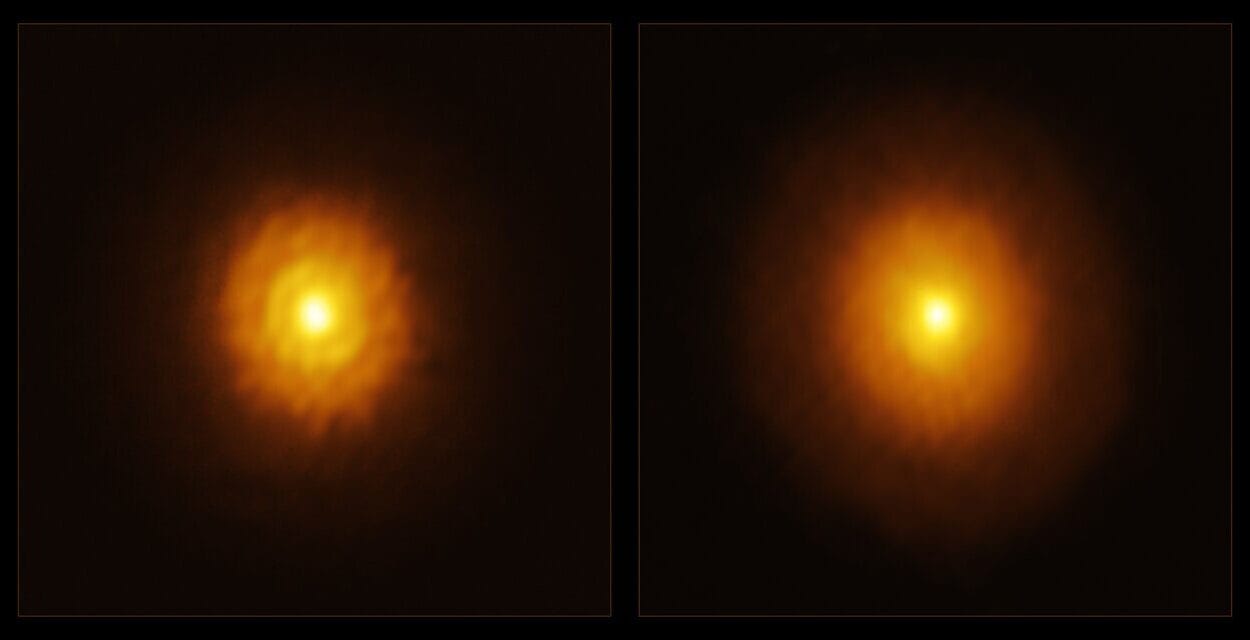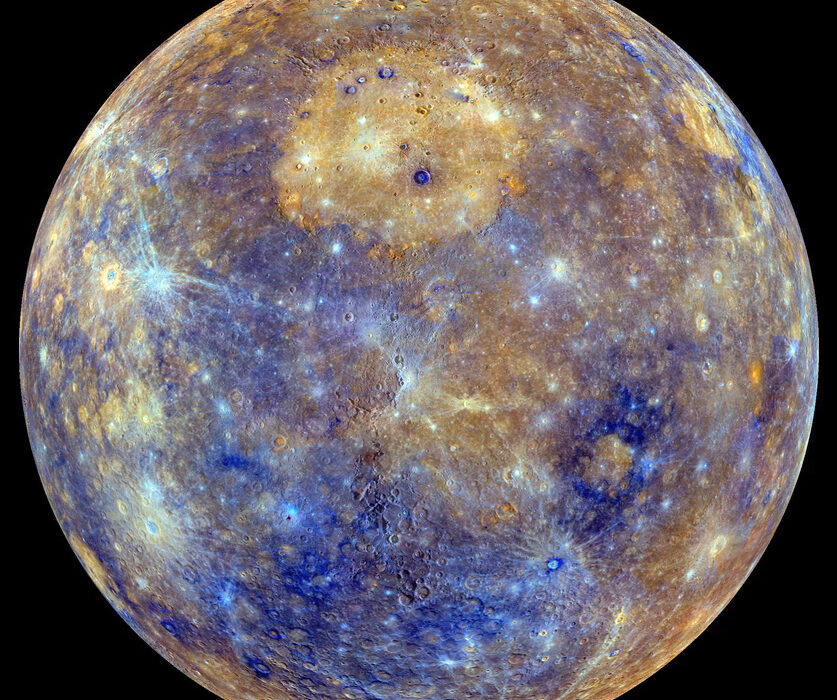In April 2019, a rare and intriguing event unfolded in the skies above Costa Rica, when a meteorite, now known as Aguas Zarcas, fell near the town of the same name in the northern part of the country. This meteorite, which intrigued both the scientific community and the local population, has since captivated the world with its unusual composition and remarkable survival story. Unlike many meteorites that fragment upon entering Earth’s atmosphere, Aguas Zarcas provided a stunning case study of resilience in the face of intense atmospheric pressures. This event not only captured global attention due to the extraordinary survival of the meteorite, but it also represents a significant milestone in the field of meteoritics, offering fresh insights into the nature of ancient rocks from the farthest reaches of our solar system.
The Meteorite Fall and Initial Reactions
The fall of Aguas Zarcas marked one of the largest meteorite events in recent history, with the recovery of 27 kilograms of rocks, making it the largest fall of this type since the Murchison meteorite in 1969. The Murchison meteorite, which fell near Australia only two months after the first manned landing on the Moon, had already been studied extensively due to its rich scientific content and its potential to provide insight into the early solar system. But what set Aguas Zarcas apart, according to meteor astronomer Peter Jenniskens of the SETI Institute and NASA Ames Research Center, is its rarity and the timing of its discovery.
“The fall of Aguas Zarcas was a small step for man, but a giant leap for meteoritics,” said Gerardo Soto, a geologist at the University of Costa Rica, paraphrasing Neil Armstrong’s famous words. This event sparked a scientific frenzy, as over 76 research papers have been written in the years following the meteorite’s fall. The sheer volume of interest in Aguas Zarcas showcases the significance of this meteorite and the exciting possibilities it presents for understanding the origins and evolution of our solar system.
The meteorite fall made waves in Costa Rica, where it quickly became big news. The sight of the fireball streaking across the sky was widely reported, and soon after, stones from the meteorite were found on the ground. In fact, no other fireball had been as widely reported or recovered with such success in Costa Rica in the past 150 years. This event provided an unprecedented opportunity for researchers to study the meteorite in detail, offering insights into the physical properties of space rocks and how they survive their perilous journey through Earth’s atmosphere.
The Path Through Earth’s Atmosphere
An analysis of video footage from surveillance cameras in the region provided researchers with crucial details about the meteor’s trajectory. The Aguas Zarcas meteorite entered Earth’s atmosphere at a near-vertical angle from the west-northwest (WNW) at a speed of approximately 14.6 kilometers per second, making it a fast and dramatic arrival. As it collided with the dense layers of Earth’s atmosphere, the intense friction caused the rock to heat up dramatically, resulting in much of its outer layers being ablated (melted off) during its descent.
What surprised researchers, however, was the lack of significant fragmentation. The meteorite’s entry was unique because, despite the intense heat and pressure, only a small fraction of the rock broke apart. According to Peter Jenniskens, “It penetrated deep into Earth’s atmosphere, until the surviving mass shattered at 25 kilometers above the Earth’s surface, producing a bright flash that was detected by satellites in orbit.” This phenomenon was a key moment for researchers, as it allowed them to gather information about the meteor’s composition and behavior during re-entry.
The meteorite fall’s timing was fortuitous, as it coincided with the end of an unusually long dry season in Costa Rica. The dry conditions allowed for easier recovery of the meteorite fragments, as the soft, jungle-covered terrain provided a suitable environment for the rocks to land without excessive damage. Many of the rocks landed intact, their surfaces coated with a fusion crust—an iridescent layer of material formed by the intense heat during the meteor’s descent. Some of the fusion crusts even displayed a striking blue hue, adding a layer of beauty to the scientific significance of the meteorite.
The Mudball Meteorite: Not as Weak as Expected
The Aguas Zarcas meteorite is classified as a “mudball” meteorite, a term used to describe meteorites that contain a significant amount of water-rich minerals. These meteorites are often thought to be fragile, as the presence of water can make the minerals more susceptible to breaking apart during entry into Earth’s atmosphere. However, the Aguas Zarcas meteorite defied expectations by showing that not all mudball meteorites are weak.
“Apparently, that does not mean they are weak,” said Jenniskens. While mudball meteorites are often associated with fragmentation and weakness, Aguas Zarcas was able to survive much of its journey through space and into Earth’s atmosphere largely intact. This raised important questions about the characteristics that influence the durability of meteorites during their fiery descent. Researchers found that the Aguas Zarcas meteorite’s relative strength was due to a combination of factors, including its lack of cracks and collisions in space, and its smooth, unbroken surface.
Cosmochemist Kees Welten of UC Berkeley and his team conducted an analysis to determine how long the meteorite had been exposed to cosmic rays before it collided with Earth. Their findings revealed that the last significant collision the meteorite experienced occurred around two million years ago. During this time, the meteorite traveled through space without encountering any major collisions that would have caused cracks or fractures, which would have weakened its structure.
“The last collision experienced by this rock was two million years ago,” said Welten. “We know of other Murchison-like meteorites that broke off at approximately the same time, and likely in the same event, but most broke much more recently.” This finding suggests that Aguas Zarcas had a long and relatively peaceful journey through space, allowing it to retain its structural integrity until it finally encountered Earth’s atmosphere.
Tracing the Meteorite’s Origins
From the data collected during the meteor’s descent and subsequent analysis of its composition, researchers were able to trace the origins of the Aguas Zarcas meteorite back to the asteroid belt, a region located between the orbits of Mars and Jupiter. Based on the meteorite’s path through the atmosphere and its size upon entry (about 60 centimeters in diameter), the team was able to make educated inferences about its parent asteroid.
“The object came from a larger asteroid low in the asteroid belt, likely from its outer regions,” said Jenniskens. The meteorite’s two-million-year journey to Earth was an extraordinary one, and the researchers noted that the survival of such a large portion of the meteorite’s mass was a rare occurrence. Most meteoroids that travel through space experience fragmentation and destruction before they can reach Earth’s surface. The fact that Aguas Zarcas avoided cracks and remained relatively intact suggests that it was part of a rare event in the asteroid belt, where the parent asteroid experienced minimal disruption.
This analysis provides valuable insights into the processes that govern the formation and evolution of asteroids, as well as the dynamics of meteoroids that break off and travel through space. The Aguas Zarcas meteorite is just one example of the many space rocks that journey across our solar system, carrying with them ancient information about the building blocks of planets and the early solar system.
The Legacy of Aguas Zarcas
The Aguas Zarcas meteorite has not only expanded our understanding of how meteorites interact with Earth’s atmosphere, but it has also deepened our knowledge of the early solar system and the history of asteroid formation. By studying the meteorite’s composition, trajectory, and survival through the harsh conditions of re-entry, scientists are gaining valuable insights into the processes that shaped our solar system billions of years ago.
For Costa Rica, the fall of Aguas Zarcas was a moment of national pride, with the country playing a pivotal role in the recovery of the meteorite fragments. This event highlighted the importance of global collaboration in the study of meteorites and the valuable contributions made by countries around the world in advancing our understanding of space science.
As more research papers continue to be written and new findings emerge, the legacy of Aguas Zarcas will live on as a key piece of the puzzle in understanding the history of our solar system. The discovery of this meteorite is a testament to the resilience of space rocks and the ever-expanding quest to uncover the secrets of the cosmos.
Reference: Peter Jenniskens et al, Orbit, meteoroid size, and cosmic ray exposure history of the Aguas Zarcas CM2 breccia, Meteoritics & Planetary Science (2025). DOI: 10.1111/maps.14337






